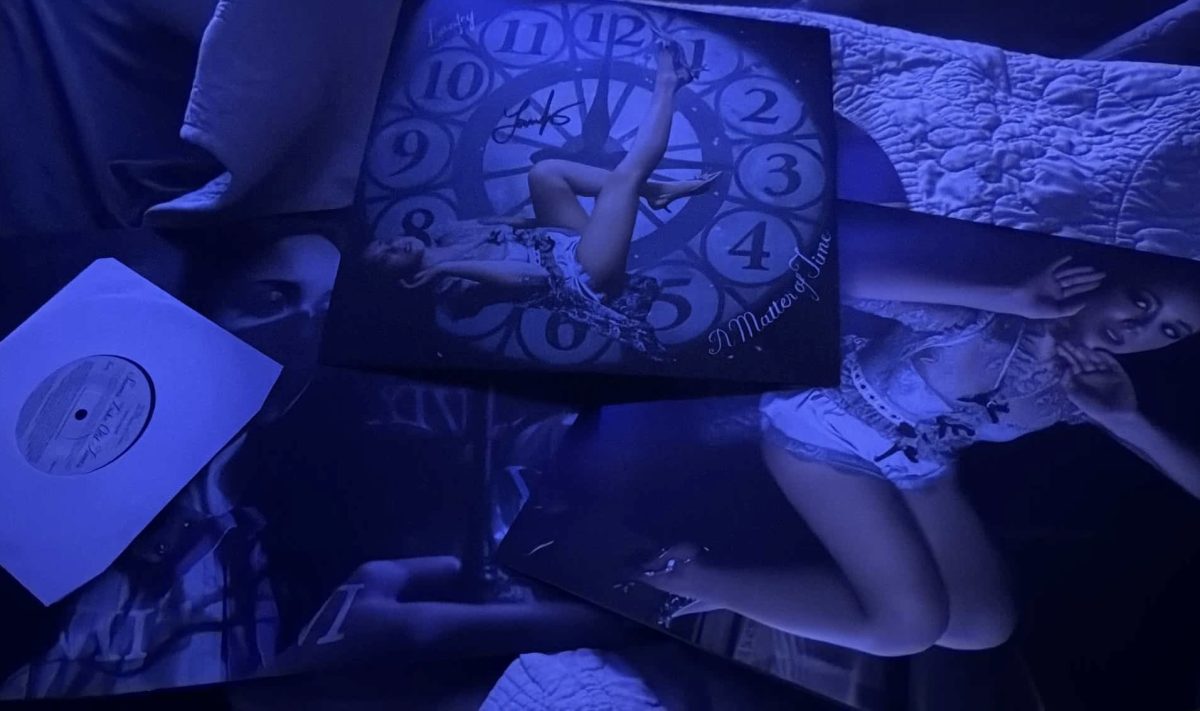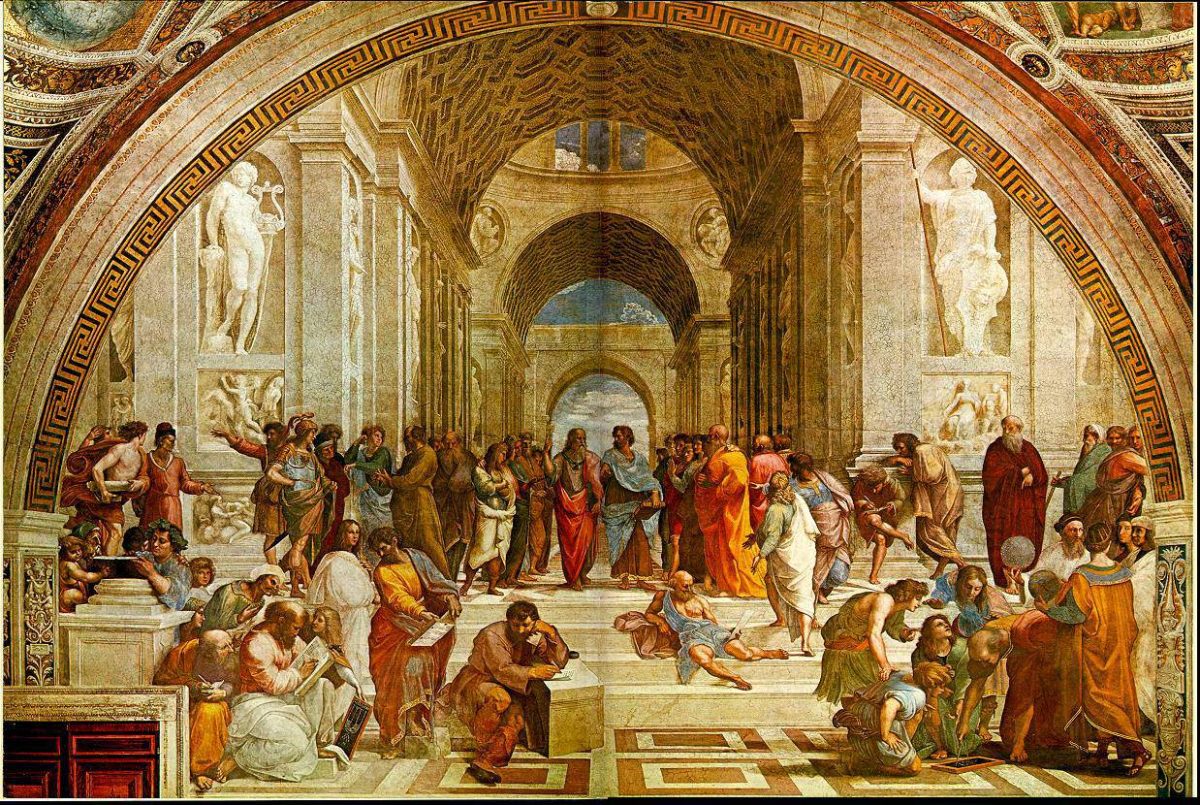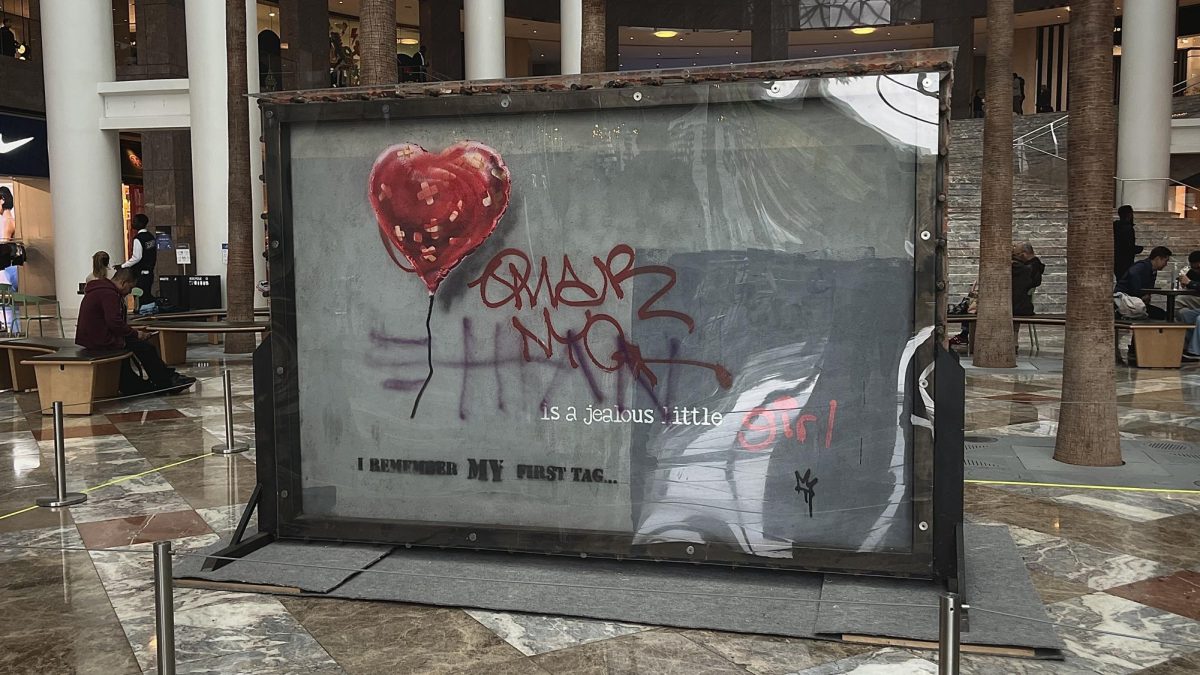Zoë Kravitz conducted her directorial debut in “Blink Twice,” a key of acidic, disturbing surrealism. The events unfolded like a long-winded metaphor – fluidly, with an inclination for the figurative over any conformity to believability.
There is a mesmerizing early sequence where we follow Frida, played by Naomi Ackie, a struggling waitress who begins her spiral into tech billionaire Slater King’s—played by Channing Tatum—irresistible draw of influence. Ackie’s exceptional performance gives the audience a deep sense of her character’s vulnerability. In one scene, Frida sits on a toilet scrolling through Instagram, and there’s a shot where the camera lingers faithfully on her eyes, which are darkly engrossed in a video of Slater. Frida’s eyes become starry pools of ambiguous emotion as they behold Slater—she’s scared yet consumed, innocent yet allured.
The plot is well-driven at an intensely watchable pace. Moments later, she meets him while waitressing at a fundraising event with her fellow waitress and roommate, Jess. She stumbles and falls but is rescued by Slater, who then introduces her to his social circle in a head-spinning succession. Soon, he perilously invites Frida and Jess on an excursion to his private, remote island. They’re joined by three other women, Sarah, Camilla and Heather. Slater is joined by his pack of affluent male friends: Vic, Cody, Tom and Lucas.
The island is lush yet crawling with insidious shadows—specifically uncanny amounts of smiling, snakes and housemaids that seem to be conspiring something. The visuals in the first act of the movie imitate the Garden of Eden. The hedonistic party-goers ignorantly dance, awaiting the knowledge-bearing serpent. The dialogue is funny and biting, elevating otherwise stereotypical characters.
The movie follows impulses—quickly transitioning from naturalistic observation one moment to extravagant iconography the next—without contradicting each other. Adam Newport-Berra, the cinematographer, has an agility for keeping the visuals captivating. Some shots are strikingly modern, though elements of antiquity are diffused across the cinematography. The frames of the characters dancing while draped in white robes evoke the wine-induced Bacchanalia of Ancient Greece, which is a pleasant touch.
The catalyst for the downfall of everything occurs when Jess is bit by a snake and disappears shortly after. Jarringly, nobody besides Frida even seems to remember her. This event is followed by several other twists and turns, though the majority are unfortunately predictable. Still, the predictability is balanced by the tonal flexibility. The dark humor that surfaces even in the most abhorrent events in the film keeps the viewers engaged while never distorting the real weight of issues, such as the abuse of power and unchecked wealth.
The motif of power has a deep appetite for violence, one which needs to be fed. Power has the temptation to violate the mind and body in “Blink Twice.” The technicalities of mind control are rather inexplicable and elusive in the movie, but this plot hole is mostly forgivable because it is intended as the mere delivery vehicle for larger social commentary.
Despite the solemn themes, the movie doesn’t take itself too seriously. For example, it is unflinching when capturing the bloodthirstiness that resides in each of the characters. The slow unraveling reaches an explosive third act, where the violence explodes to indulgent levels, infused with parts of dark humor.
While the movie doesn’t provide any new subtle nuances to its genre, it is still entertaining and cathartic. It tackles age-old problems by grabbing them out from under the rug and exposing them in a bloody circus, infused with female rage.








